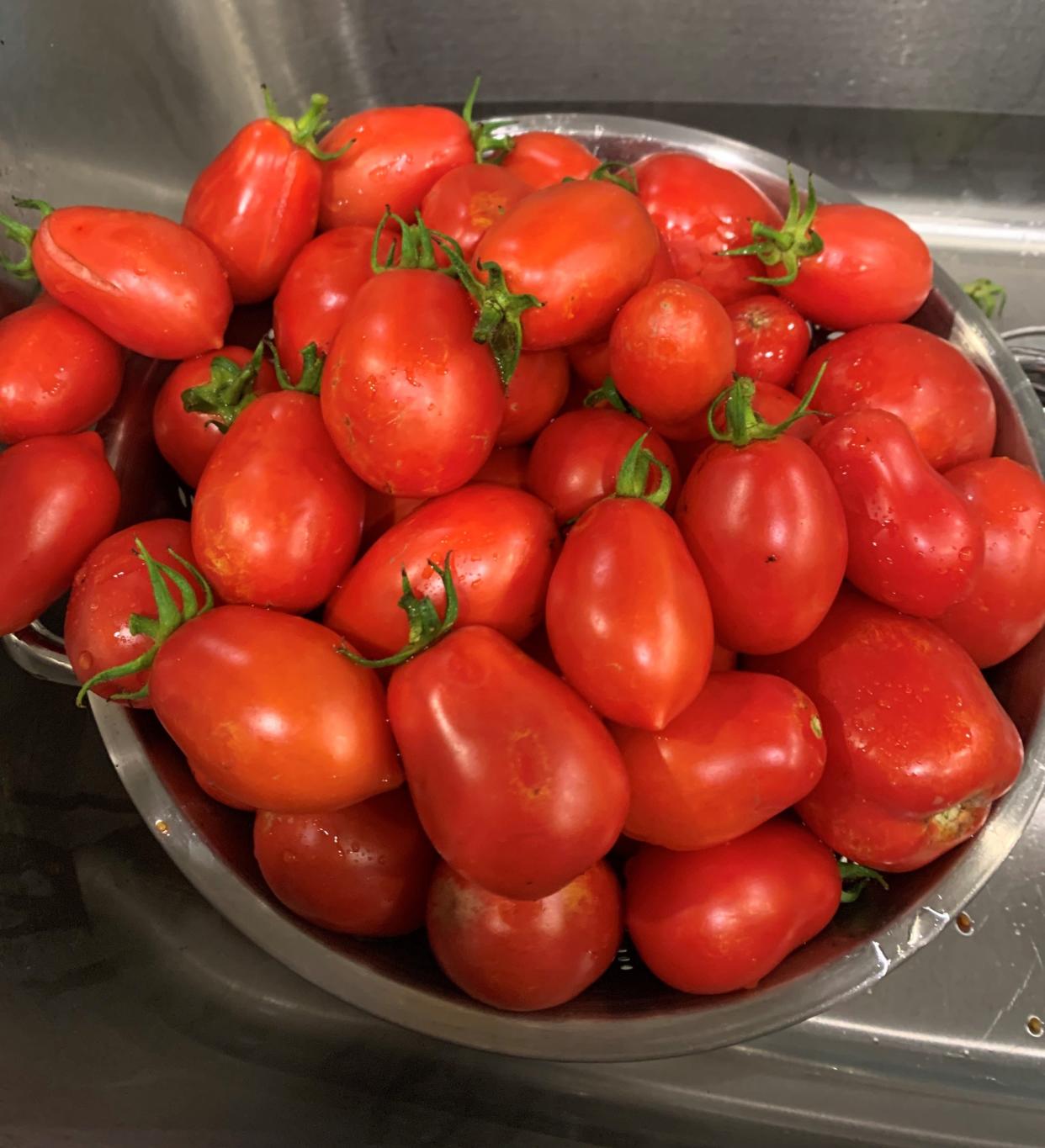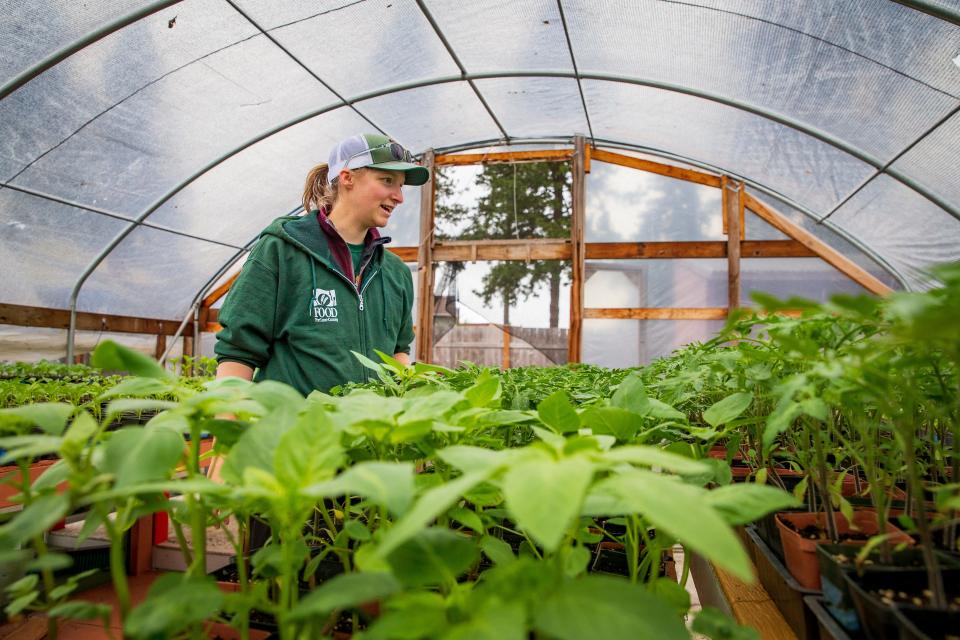When to plant tomatoes in Oregon: When is it too early, or too late, to start planting?

Since April, readers have been asking why their tomato plants looked so funky. Seriously, people!
Tomatoes are heat-loving tropical plants. If you haven’t planted tomatoes yet, it’s not too late; they’ll catch up and even bypass earlier plantings. If you have, the sad tomatoes are proof it was too early.
The old saw about planting tomatoes on Mother's Day isn’t as good a guide as watching local weather trends. The long, cold spring kept soil temperatures low, since soil temperatures are influenced more by nighttime than daytime temps. Until NIGHT temperatures reach the mid-50s (often not until mid-June), tomatoes are not going to flourish.
The very chilly spring meant a later-than-usual planting season for heat lovers like tomatoes, beans, corn, squash and peppers. Tropical crops prefer hot days and warm nights. All will suffer setbacks if exposed to cold weather; indeed, plants can not just stall out but can actually lose ground if they get too cold.
Tomatoes can certainly be grown successfully in the Northwest, but pampering them will increase the chance of success. To develop sturdy tomato plants, choose compact, chunky starts rather than tall, skinny ones.

Plant young tomatoes sideways, in trenches, placing 3-6 inches of main stem under the soil. This would kill some other plants, but tomatoes grow fresh roots from that buried “neck.”
Deep planting creates stronger root networks that help the fully loaded plants remain upright come summer. This is especially important for indeterminate tomato plants, which just don’t stop growing and get huge unless pruned.
Coaxing tomatoes into production is easier if we can keep them happy and warm. Studies show that less stressed plants not only grow faster but the crops are nutritionally superior to those of plants just struggling to survive.
Giving tomatoes what they need when they need it will promote stronger plants, faster development, and improve fruit size, flavor and nutritional quality.
If your tomatoes get full sun (10-14 hours a day), that’s ideal. If not, they may do better in large pots than in the ground.
Give each plant a pot that holds 2-3 cubic feet of potting soil. Black plastic tree pots are perfect, warming soil faster than the ground and holding heat better through the night.
Set pots in large, wheeled saucers BEFORE you load them up with soil. Then you can move them around to follow the sun and roll them under cover at night when it’s cold or rainy.
Covering tomatoes can be helpful because the plants often suffer foliage diseases when they remain damp overnight. Cold winds also can stunt tomatoes and peppers when summers are cool.
To give plants room to stretch, use the largest, sturdiest tomato cages you can find. Once indeterminate plants size up to 3-4 feet high and wide, prune the longest branches back to encourage fruiting over endless growth.
Until the nights warm up, wrap the sides of the cages in bubble wrap, bubble side in, and make a flap to cover the cage tops at night or on rainy days. As the days warm up, the insulating layers can come off, leaving the top covering in place to slip on as needed.
By the time the plants outgrow the protection, they’ll be producing generous crops of fat, tomatoes with tiptop flavor.
Contact Ann Lovejoy at 413 Madrona Way NE, Bainbridge Island, WA 98110 or visit Ann’s blog at http://www.loghouseplants.com/blogs/greengardening/ and leave a question/comment.
This article originally appeared on Salem Statesman Journal: Best time to plant tomatoes in Pacific Northwest, growing tips

